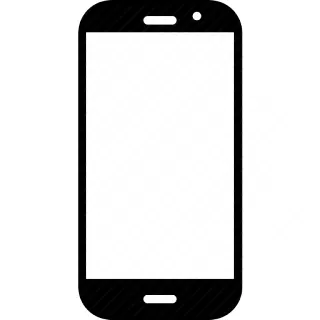Growth Mode Design
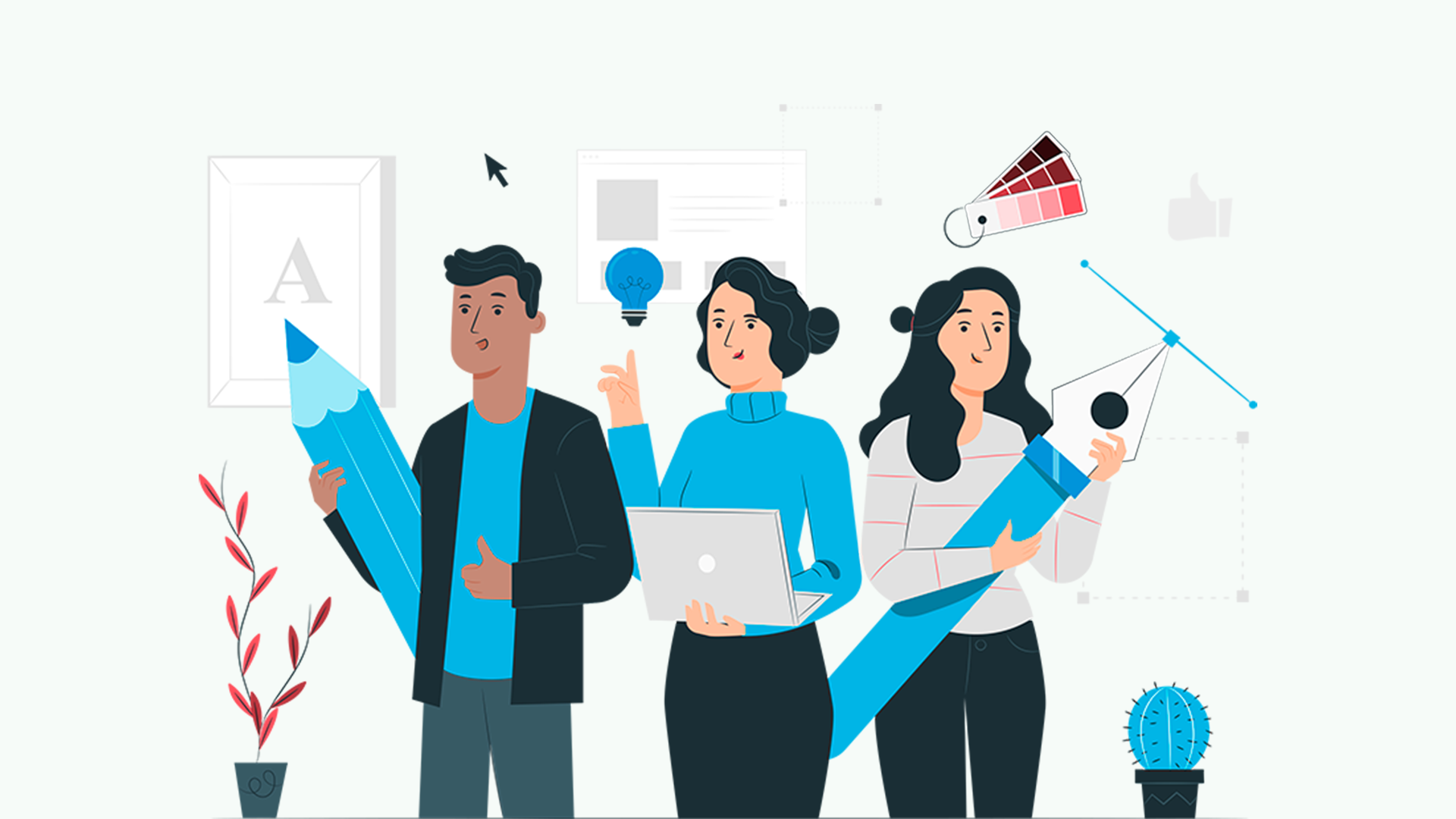
“It’s very easy to be different but very difficult to be better.”
These are famous words by Jonathan Ive, the legendary (former) Chief Design Officer at Apple. We resonate with the thought.It inspires us. It helps us better understand “Growth Mode Design”, when put into perspective world.
The Design Context
Becoming better than others is indeed very difficult in today’s competitive era. More so when it comes to Design, as technology advancements rapidly redefine business landscapes and the tools for visual expression leap forward to catch up with human ingenuity and imagination. But it’s not impossible - as demonstrated by Jonathan Ive. Being conscious about the eco-system around the Design and the impact created by it on the elements of the eco-system are very important here.
Before advancing the “Growth Mode Design” discussion, let us understand what it is and how is it different from conventional Design.
The Approach
The growth oriented Design approach takes a holistic look at the problem at hand. It then attempts to create a viable solution, which addresses the need of all key stakeholders. It aligns user experience and its business impact to the organizational goals. As per the Growth Design approach, Design is not an afterthought brought in to merely give visual expression/deliver the UI. It is integral to the core activity of identifying growth opportunities; ideation - which factors in the user research; planning the A/B tests and strategic decision making.
Growth Mode Design is considered to be achieved when Design dynamics meet business growth needs. It is a methodology to create favorable business outcomes with the help of successful Design.
What it Takes
Growth Mode Design calls for resources with a wide range of skills and traits, including empathy, research, conceptualization, prototyping, analytics and testing, data analysis, visual Design, software development, marketing, branding, and sales – all aligned to the approach. Needless to mention the importance of an organizational culture that supports the process which can throw up timeline challenges and deadline scares.
Key Stakeholders and How the Growth Mode Design Impacts Them
Internal stakeholders
Internal stakeholders
- Management – helps the management in progressing towards the fulfillment of company’s vision
- Product Management – helps in supporting the organization’s overall strategy and business goals
- Operations – helps in producing the product/service of the right quality, within the optimal time and at the optimum cost, to meet the customer and business expectations
- Marketing – helps in successfully promoting the brand/product/service and generate the desired business leads/hits/footfalls
- Sales – helps in achieving the sales targets and generate revenue for the organization as per the business goals
External stakeholders
- Customers – helps in meeting the expectations in a timely manner at the desired price point and with a delightful (purchase) experience
- End Users/Consumers - helps in meeting the need/want for the product with a pleasant (user) experience
- Shareholders & Investors – helps in moving towards meeting the shareholder objectives
- Competitors – helps in benchmarking their products/services and facilitates sector development/advancement
- Partners - helps in strengthening and advancing the win-win association
The Growth Mode Design approach is gaining wide acceptance these days as competition intensifies and “being better” becomes more important than “being different”. Amazon, UberEats, Airbnb, Spotify, Duolingo, Adobe, Ola, Hike, Meesho, PhonePe, and Trello are few outstanding examples here.
Recent Posts
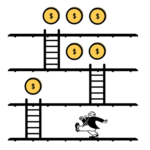
Gamification of User Interface
Gamification of User Interface “A game is a problem-solving activity, approached with a playful attitude.” - Jesse Schell Gamification is the application of game elements in a non-gaming environment with the intent to motivate users and enhance users’ participation to achieve the desired goal. Gamification is achieved by taking the user experience, emotions…
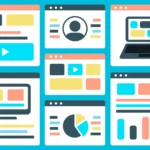
User Experience through User Interface
User Experience through User Interface User experience design has been the buzz word in the design and communications circle in the recent years. It has also gained acceptance as a practice, nowadays, across a number of interfaces such as websites, E-commerce platforms, project management systems and portals. The corporates are realizing the potential…

Design Research
Design Research “Good design doesn't stem from intuition, talent, or luck (although I'll take a smidgen of each). It comes from research and understanding”.- Author: Anonymous Research is considered to be the foundation and one of the key steps in the design process. It consumes a significant amount of time to clarify the task…

“It’s very easy to be different but very difficult to be better.”
These are famous words by Jonathan Ive, the legendary (former) Chief Design Officer at Apple. We resonate with the thought.It inspires us. It helps us better understand “Growth Mode Design”, when put into perspective world.
The Design Context
Becoming better than others is indeed very difficult in today’s competitive era. More so when it comes to Design, as technology advancements rapidly redefine business landscapes and the tools for visual expression leap forward to catch up with human ingenuity and imagination. But it’s not impossible - as demonstrated by Jonathan Ive. Being conscious about the eco-system around the Design and the impact created by it on the elements of the eco-system are very important here.
Before advancing the “Growth Mode Design” discussion, let us understand what it is and how is it different from conventional Design.
The Approach
The growth oriented Design approach takes a holistic look at the problem at hand. It then attempts to create a viable solution, which addresses the need of all key stakeholders. It aligns user experience and its business impact to the organizational goals. As per the Growth Design approach, Design is not an afterthought brought in to merely give visual expression/deliver the UI. It is integral to the core activity of identifying growth opportunities; ideation - which factors in the user research; planning the A/B tests and strategic decision making.
Growth Mode Design is considered to be achieved when Design dynamics meet business growth needs. It is a methodology to create favorable business outcomes with the help of successful Design.
What it Takes
Growth Mode Design calls for resources with a wide range of skills and traits, including empathy, research, conceptualization, prototyping, analytics and testing, data analysis, visual Design, software development, marketing, branding, and sales – all aligned to the approach. Needless to mention the importance of an organizational culture that supports the process which can throw up timeline challenges and deadline scares.
Key Stakeholders and How the Growth Mode Design Impacts Them
Internal stakeholders
Internal stakeholders
- Management – helps the management in progressing towards the fulfillment of company’s vision
- Product Management – helps in supporting the organization’s overall strategy and business goals
- Operations – helps in producing the product/service of the right quality, within the optimal time and at the optimum cost, to meet the customer and business expectations
- Marketing – helps in successfully promoting the brand/product/service and generate the desired business leads/hits/footfalls
- Sales – helps in achieving the sales targets and generate revenue for the organization as per the business goals
External stakeholders
- Customers – helps in meeting the expectations in a timely manner at the desired price point and with a delightful (purchase) experience
- End Users/Consumers - helps in meeting the need/want for the product with a pleasant (user) experience
- Shareholders & Investors – helps in moving towards meeting the shareholder objectives
- Competitors – helps in benchmarking their products/services and facilitates sector development/advancement
- Partners - helps in strengthening and advancing the win-win association
The Growth Mode Design approach is gaining wide acceptance these days as competition intensifies and “being better” becomes more important than “being different”. Amazon, UberEats, Airbnb, Spotify, Duolingo, Adobe, Ola, Hike, Meesho, PhonePe, and Trello are few outstanding examples here.
Recent Posts

Gamification of User Interface
Gamification of User Interface “A game is a problem-solving activity, approached with a playful attitude.” - Jesse Schell Gamification is the application of game elements in a non-gaming environment with the intent to motivate users and enhance users’ participation to achieve the desired goal. Gamification is achieved by taking the user experience, emotions…

User Experience through User Interface
User Experience through User Interface User experience design has been the buzz word in the design and communications circle in the recent years. It has also gained acceptance as a practice, nowadays, across a number of interfaces such as websites, E-commerce platforms, project management systems and portals. The corporates are realizing the potential…

Design Research
Design Research “Good design doesn't stem from intuition, talent, or luck (although I'll take a smidgen of each). It comes from research and understanding”.- Author: Anonymous Research is considered to be the foundation and one of the key steps in the design process. It consumes a significant amount of time to clarify the task…
CONTACT US
Follow Us
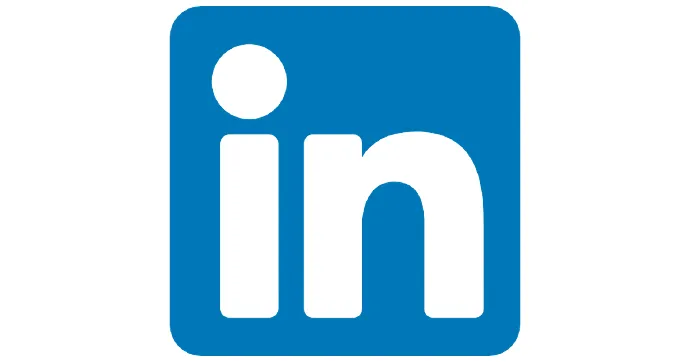
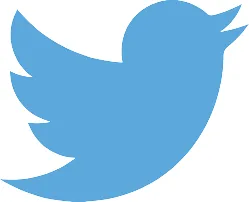
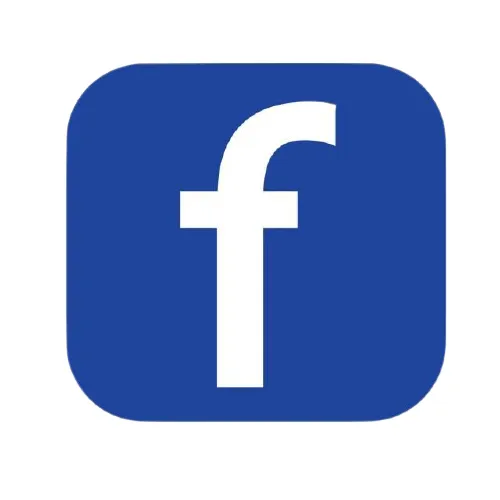
Recent Posts

Gamification of User Interface
Gamification of User Interface “A game is a problem-solving activity, approached with a playful attitude.” - Jesse Schell Gamification is the application of game elements in a non-gaming environment with the intent to motivate users and enhance users’ participation to achieve the desired goal. Gamification is achieved by taking the user experience, emotions…

User Experience through User Interface
User Experience through User Interface User experience design has been the buzz word in the design and communications circle in the recent years. It has also gained acceptance as a practice, nowadays, across a number of interfaces such as websites, E-commerce platforms, project management systems and portals. The corporates are realizing the potential…

Design Research
Design Research “Good design doesn't stem from intuition, talent, or luck (although I'll take a smidgen of each). It comes from research and understanding”.- Author: Anonymous Research is considered to be the foundation and one of the key steps in the design process. It consumes a significant amount of time to clarify the task…


